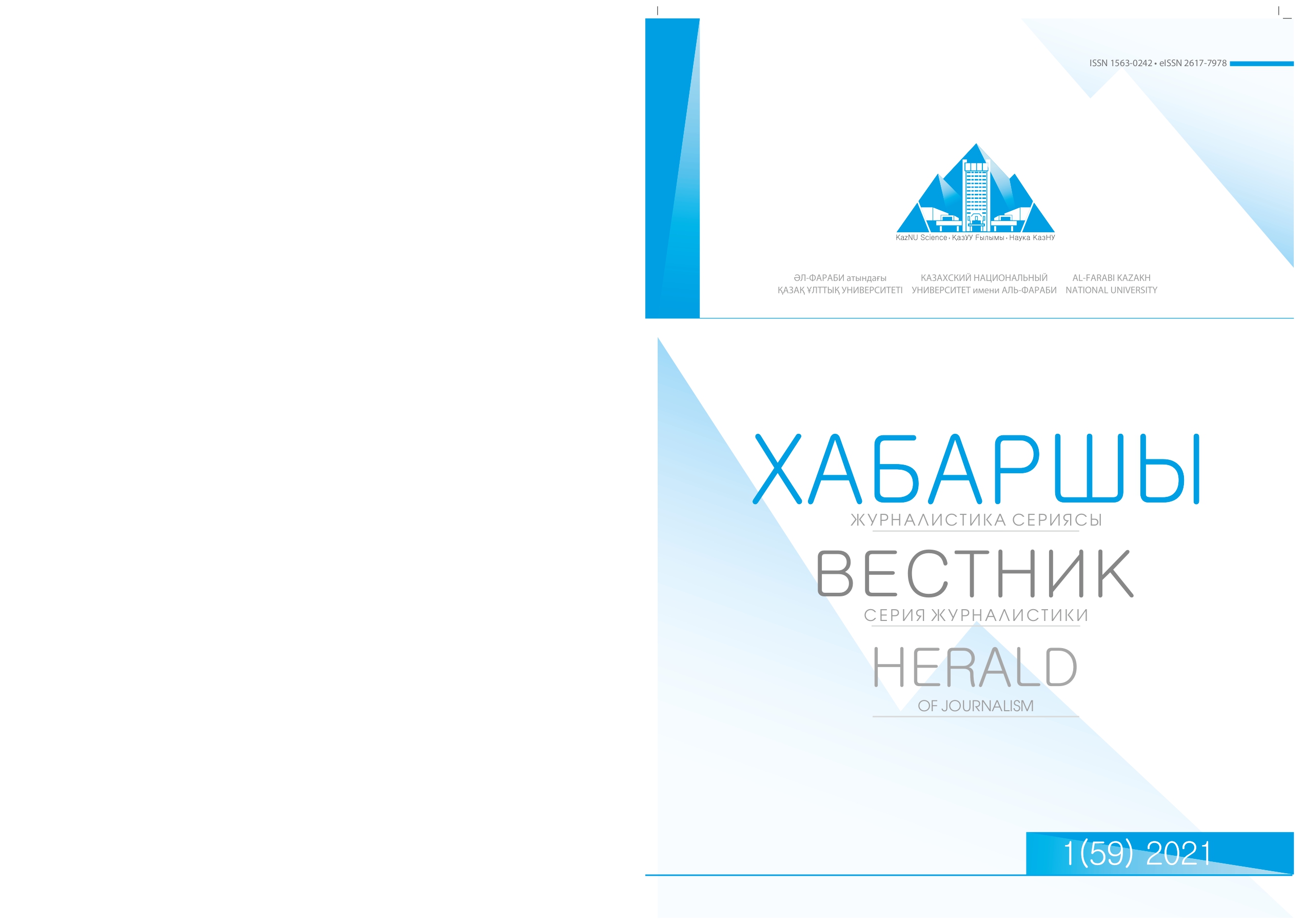Printed publications and public organizations of polish-lithuanian tatars: the second half of the 19th century and the 20th century
DOI:
https://doi.org/10.26577/HJ.2021.v59.i1.01Abstract
At the end of the 19th and the beginning of the 20th century, there was a national revival of the Polish-Lithuanian Tatars connected with the general atmosphere in Europe where nationalism was a key ideology, as well as with the increase of the national feelings among the Muslim nations of the Russian Empire, and with the effort of a group of Polish Tatar young intellectuals.
The purpose of the article is to present the results of research on the content of the media, literature and cultural values of the Polish-Lithuanian Tatars in Russia in the late nineteenth and early twentieth centuries.
In Saint Petersburg, at the end of the 19th century, there was a quite large settlement of the Polish and other inhabitants of the Empire. According to the statistical data, in 1900, there were 50,000 Poles living there, that stood for 3,57% of the city population. The same statistics shows that there were about 5,800 Tatars from Crimea, the Volga Region, and Siberia settled in Saint Petersburg. In these numerous national mosaics there also were the Polish-Lithuania Tatars.
In Saint Petersburg, activists of national Pan-Turkism and Pan-Islam movements in Russia were educated. Among them one could also find Polish-Tatar students from such families as Achmatow- icz, Kryczyński, Sulkiewicz, Bazerewski, et al. At that time, at the beginning of the 20th century, Leon Kryczyński began to be an organizer and leader. He descended from the old, landowner Tatar knez (royal) family of Najman Mirza Kryczyński, originated from the knez family of Nejman-Piotrowicz, one of the oldest Tatar aristocratic family of the Grand Duchy of Lithuania.
Key words: Polish-Lithuanian Tatars, ideology, national feelings, Russian Empirе, intelligence.
References
Ali Woronowicz, Kitab Tatarów litewskich i jego zawartość, ‘Rocznik Tatarski’, Vol. 2, Zamość 1935, pp.376-395. Ali Woronowicz, Szczątki językowe Tatarów litewskich, ‘Rocznik Tatarski’, Vol. 2, Zamość 1935, pp. 351-368.
Arsłan Bej (Leon Kryczyński), Generał Maciej Sulkiewicz (1865-1920), ‘Rocznik Tatarski’, Vol.1, Wilno 1932, pp. 247-256.
V. J. ( Veli Bek Jedigar), Pułk Tatarski Ułanów im. Mustafy Achmatowicza (1919-1921), ‘Rocznik Tatarski’, Vol. I, Wilno 1932, p. 162.
Piotr Niwiński, „Pohorecki”. Ppłk Antoni Olechnowicz i Wileński Okręg Armii Krajowej w pierwszych latach powojennych, ‘Rocznik Tatarów Polskich’, Vol. III, Gdańsk - Toruń 1995, pp. 49-63.
Materiały z dziejów Namiestnictwa Wojskowego Tatarów Polskich ` r. 1992, (in) ‘‘Rocznik Tatarów Polskich’, Vol. III, Gdańsk-
-Toruń 1995, pp. 249-250.
Leon Najman Mirza Kryczyński, Tatarzy polscy a Wschód muzułmański (in:) ‘Rocznik Tatarski’, Vol. II, Zamość 1935, pp. 1-131, Edition II (in:) ‘Rocznik Leon Kryczyński, Czarny Michał (Aleksander Sulkiewicz) 1867-1916. Wierny żołnierz Marszałka Piłsudskiego. Szkic biograficzny, Wilno 1932.
Tatarów Polskich’, Vol. IX, Gdańsk 2004, pp. 5-120 + 16 n.p. Jan Tyszkiewicz, Z historii Tatarów (…), op. cit., p. 87.
Marek M. Dziekan, Chamaił Aleksandrowicza, ‘Rocznik Tatarów Polskich’, Vol. 2, Gdańsk 1997, pp. 27-4. Stanisław Dumin, Herbarz rodzin tatarskich Wielkiego Księstwa Litewskiego, Gdańsk 1999, p. 96.
Kalendarz Muzułmański 1368/1949, compiled and published by Naczelny Imamat Muzułmanów Polskich w Wielkiej Brytanii, Londyn 1949, p. 24.
O Muślimach litewskich. Z notat i przekładów litewskiego Tatara Macieja Tuhana- Baranowskiego, post mortem issue of An- toni Kruman, Warszawa 1896; Maciej Tuhan – Baranowski, Historia narodu litewsko- tatarskiego w tłumaczeniu i z przedmową Matiasa Tuhan Beka, elaborated by Tamara Bairaszeuskaite, ‘Rocznik Tatarów Polskich’, Vol. 4, Gdańsk 1997, pp. 253-271.
Selim Chazbijewicz, Prasa tatarsko-muzułmańska w Polsce w latach 1939-1996, ‘Rocznik Tatarów Polskich’, Vol. 3, Gdańsk-
-Toruń 1995, pp. 87-103.
Selim Chazbijewicz, Książka polsko- litewskich Tatarów i jej rola w kształtowaniu samoświadomości etnicznej, p. 69.
The printed work from the 17th century, entitled ‘Apologia Tatarów’ has not been preserved. It was written by Jakub Azulewicz as the response to anti-Tatars pamphlets, based on ‘Alfrukan tatarski” by Piotr Czyzewski published in the beginning of the 17th century.
Selim Chazbijewicz, Shards of the Golden Horde: Polish (Lithuanian) Taters. Qazaq Gazatteri, 30 November 2020, http://mysl. kazgazeta.kz/news/15511




